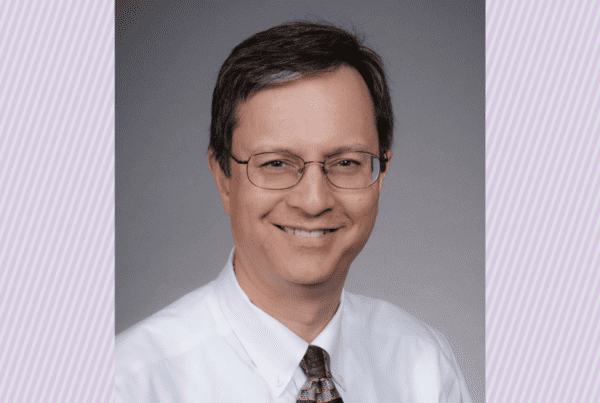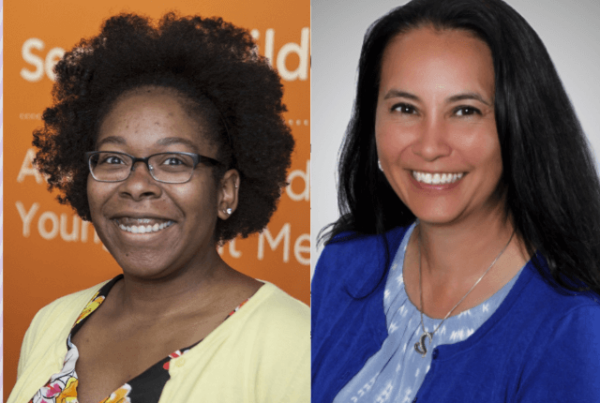As the saying goes, all people really need to know, they learn in kindergarten. For Chelsea Boe, MD, an orthopedic hand and wrist surgeon, that was mainly true — especially when she decided to become a doctor. She knew from childhood that being a physician was a perfect fit for her personality.
It’s a goal she carried with her. A Seattle native, she attended high school just a few blocks from Harborview Medical Center. Every day, she watched patients join her on the Metro bus after receiving the care they needed from physicians dedicated to helping the underserved.
“When I initially got into medicine, I still had a childish idea of what that meant. I wanted to help people. Being a doctor was an opportunity to make a huge difference for someone who is coming to you on, potentially, the worst day of their life,” Boe says. “Over time, I realized that much of that is accurate. Nothing compares to the level of interpersonal impact you can have when a person comes to you with a sincere problem and you use your skills to find a solution for them.”
Deciding on an intricate, impactful specialty
Boe enjoyed learning about every specialty during medical school. But, because she tore her anterior cruciate ligament (ACL) playing soccer at age 13, orthopedics was always her first choice. Initially, she intended to work with young athletes who faced the same challenges she did.
Then, while serving as president of the Student Orthopedic Surgery Interest Group at the Keck School of Medicine of the University of Southern California, she invited a world-renowned hand and microvascular surgeon to deliver a lecture on hand trauma. The images in his presentation were graphic and gory, but they were also fascinating and inspired Boe to become the hand and wrist surgeon she is today.
Her decision came down to the multifaceted complexity that these types of operations offer. The surgical techniques used in these procedures support reconstructing hands in ways she had never imagined. It’s like mixing carpentry with the finesse needed for microvascular surgery and soft tissue coverage, she says.
“I thought the images in that lecture were the most amazing things I’d ever seen. It showed me that the anatomy of the hand is incredibly intricate and finely balanced,” she explains. “I realized we can take a person whose hands no longer work, and with our knowledge of anatomy and precise balance, we can put the puzzle back together. With a bit of creativity, we can give this person an outcome where they can still use their hand.”
Putting the patient first
It’s this same dedication to good patient outcomes that drives every aspect of Boe’s practice at the Hand, Elbow & Shoulder Center at Meridian Pavilion and the Hand, Elbow & Shoulder Center at Harborview. From the clinical care she provides to her research efforts and contributions to resident education, the impact on patients is always her main priority.
“I learned from my residency at the Mayo Clinic that patient care, research and education are the three shields of medicine, and I continue to espouse that philosophy — I balance my practice by balancing those three factors,” says Boe.
Although she’s a surgeon, Boe understands the importance of talking with patients. She invests the time to explain their condition and options, as well as learn about their needs. Even when an operation is warranted, pursuing one may not be in the patient’s best interest. Taking time off may affect their livelihood, or they may not have the support system needed to navigate recovery. Finding a solution that works best for the patient is really the art of medicine as a hand surgeon, she says.
Her ongoing research efforts are also rooted in identifying and developing surgical techniques that improve the overall patient experience. Thanks to the high patient volume at Harborview, Boe is conducting clinical outcomes research into how well different fixation strategies work for wrist fractures. She also is updating existing data around the unique injury patterns associated with high-pressure injection injuries. As a next investigational step, she’s interested in evaluating various forms of anesthesia for routine upper extremity surgeries.
Teaching hand surgery
However, Boe suspects it’s her burgeoning participation in resident education at UW Medicine that will likely leave the biggest impression. She plans to be an integral player in creating the curriculum, particularly for hand surgery residents. Her goal is to ensure they get a full, well-rounded training experience.
“I want to make sure we’re identifying the people we want to train as future physicians and surgeons, especially future hand surgeons,” Boe says. “We’re educating interventionalists. We must continue to use modern technology, simulations and other things to understand how we can create the best surgeons who can minimize the impact surgery has on our patients.”


